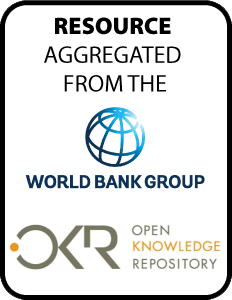Resource information
The future development of the Tajik
economy will be shaped by its comparative advantage on world
markets. Exploiting comparative advantage enables an economy
to reap gains from trade. Tajikistan's most important
comparative advantage is its hydropower potential, which is
far larger than the economy's domestic requirements.
Yet, high capital costs of building hydropower plants and
the unstable geopolitical situation in the transit region to
reach South Asian export markets are constraining the
realization of this potential. In the short term, the
sector, which provides the greatest opportunity for
Tajikistan to diversify its exports, appears to be
agro-industry and, to a lesser extent, clothing. For both
sectors, the main export market is likely to be the regional
market. Tajikistan also has a comparative advantage in labor
exports, which it has successfully exploited since the
mid-2000s. To harness the full potential for labor exports
will require improving the skills base of migrant workers
and, in particular, their command of the Russian language.
In the medium term, the paper argues that an export
diversification strategy should tap the agglomeration
economies generated by cities. More specifically,
establishing Tajikistan's two leading cities, Dushanbe
and Khujand, and their surroundings as enclave economies,
linked to each other and to major regional markets through
improved transport infrastructure so as to minimize
production and transportation costs. The two enclave
economies should provide the supporting services (finance,
logistics, transport and storage) for private sector
businesses. In the long term, regional cooperation on trade
and transport facilitation could be pursued to reduce
transport costs to attractive regional markets such as
China, India, Russia and Turkey.


